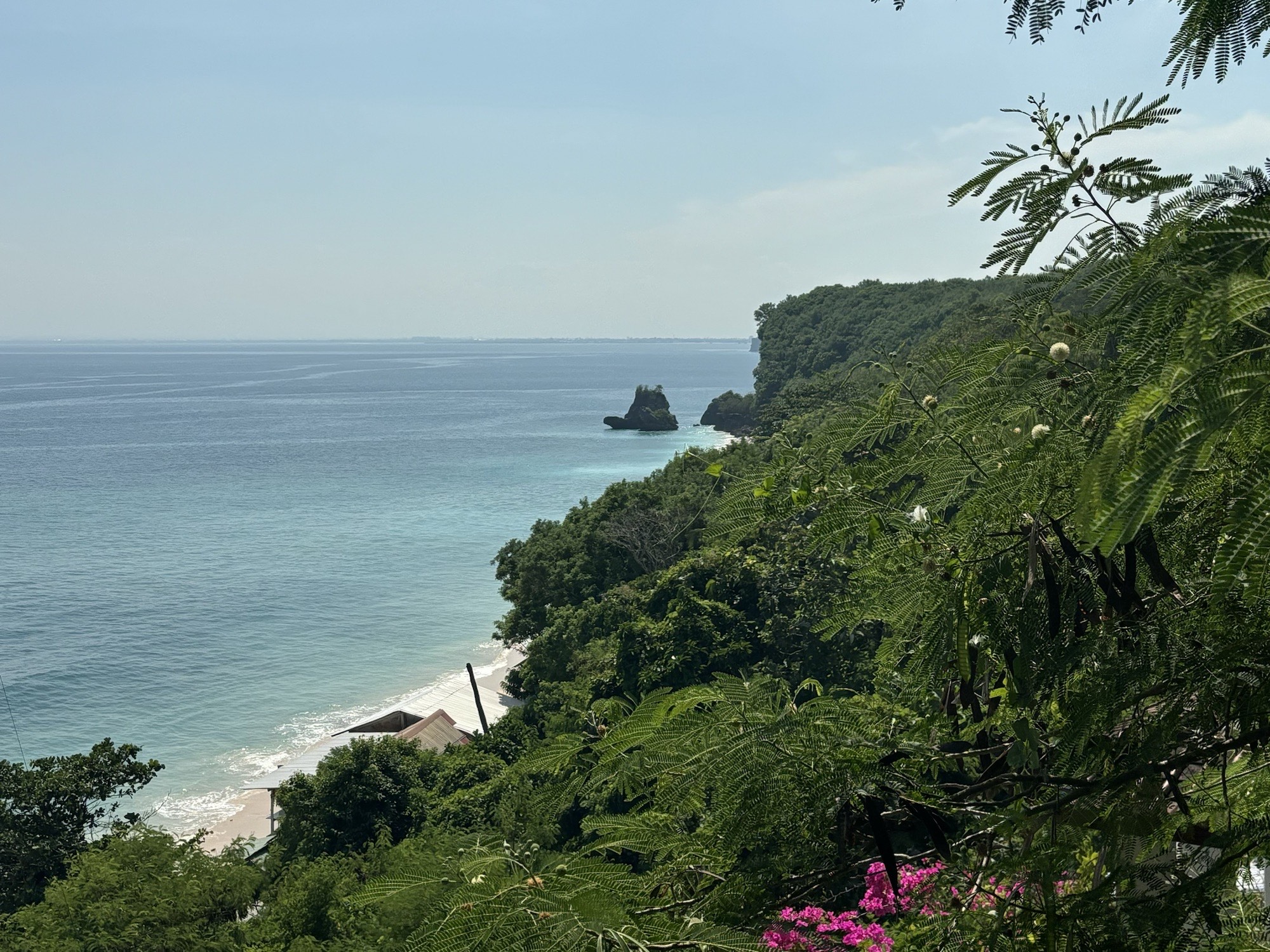
You might’ve read the title of this article and immediately thought—what?! How could someone not love the iconic, world-famous paradise of Bali?
Well, that someone is me.
Yep—I’m someone who just doesn’t get the hype about Bali. Or at least, not the parts of it that most people are raving about on Instagram. But before you roll your eyes or assume this is a hot take just for attention, let me give you a bit of context.
First of all, this is just my personal opinion, coming from someone who has traveled to over 30 countries and spent more than two months exploring Indonesia—outside of Bali. That means I’m not just showing up with a few vacation days and a bucket list. I’ve spent time in lesser-known places, taken local buses, stayed in remote villages, and tried to get a more grounded feel for a country beyond the usual tourist trail.
To be fair, I haven’t explored every corner of Bali. My perspective is based on the southern parts of the island—Canggu, Kuta, and Uluwatu. These are the areas that most travelers visit and the ones that tend to flood social media feeds with dreamy sunsets, smoothie bowls, and digital nomad lifestyles. I’ve heard that the north of Bali is much more remote, peaceful, and less developed, and I totally believe that. But this piece is about the version of Bali that gets hyped up the most—and why, for me, it fell flat.
This isn’t to say Bali isn’t beautiful. It absolutely is. It’s not to say you shouldn’t go. I’m not here to tell anyone how to travel. But as a full-time traveler, backpacker, and someone who thrives on adventure, cultural immersion, and raw, authentic experiences—Bali, at least the version that most people see, just didn’t do it for me. Here’s why.
Let’s start with the most obvious downside: the crowds.
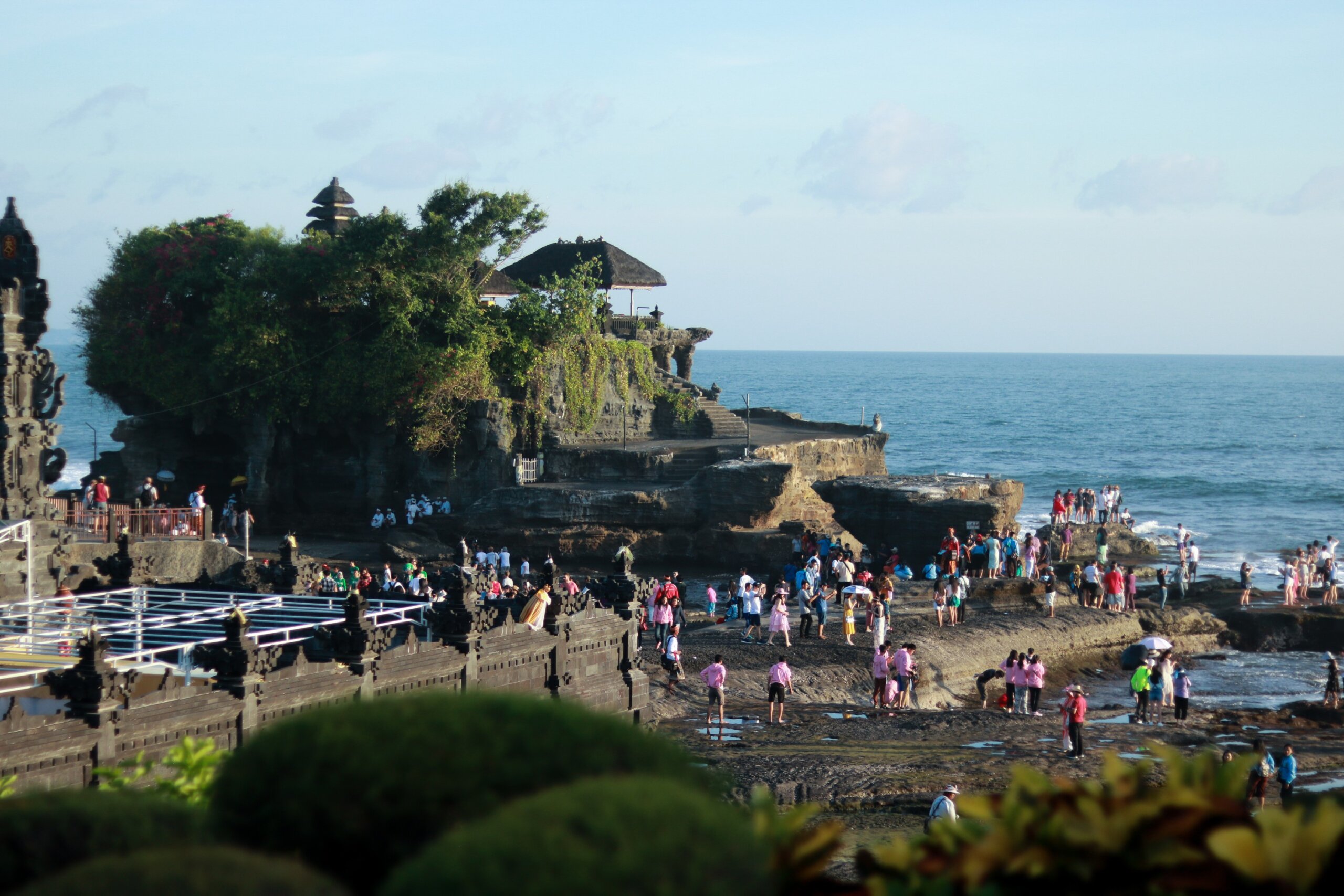
From the moment you arrive in Bali—whether by ferry or through the airport—you’re immediately hit with a wave of people. The airport is packed with travelers, the streets are filled with tourists, and nearly every popular spot feels oversaturated. The beaches? Packed. You’re often sitting shoulder-to-shoulder with strangers just trying to find a bit of sand to yourself. Restaurants have lines spilling onto the sidewalks, tourist hotspots are crowded with people trying to capture the “perfect” Instagram shot, and the roads are swarming with scooters—many of them driven by people who don’t seem entirely comfortable handling them. Sunset bars and beach clubs are overflowing with selfie sticks and backpackers, and the energy everywhere can feel more chaotic than peaceful. For a place that’s often marketed as a tropical escape, it can feel anything but serene.
Which brings me to the next issue: the traffic.
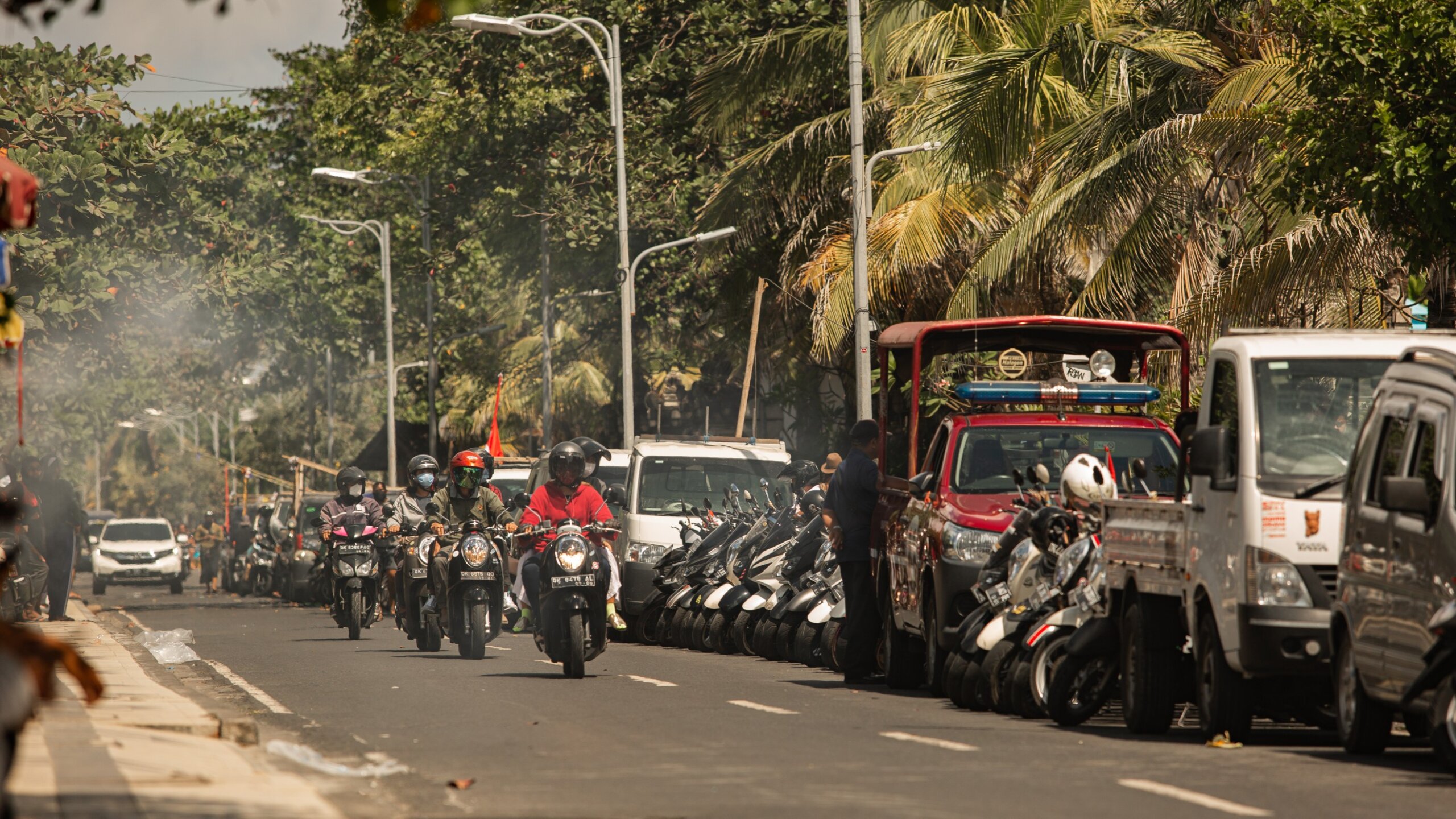
The only other place I’ve seen traffic this intense in Southeast Asia was Jakarta—and that’s Indonesia’s capital, a major metropolis. Even after spending over two months traveling across the country, and even longer in other nearby nations, I’ve never experienced congestion quite like Bali’s. The roads are jammed with cars, bikes, and buses almost constantly. It’s not uncommon to sit in stop-and-go traffic for what feels like forever—even if you’re just trying to go a few kilometers.
The chaos is made worse by the sheer number of tourists renting scooters without knowing how to properly operate them, weaving through traffic unpredictably. Walking isn’t much of an option either. Bali is incredibly unwalkable in many areas—you’re constantly glancing over your shoulder, hoping not to get clipped by a bike while walking along narrow, shoulderless roads. And if you try to use Grab or Gojek, you’re likely to spend just as long stuck in traffic. It’s stressful, frustrating, and the opposite of relaxing.
Next up is the demographic of travelers that flock to Bali.
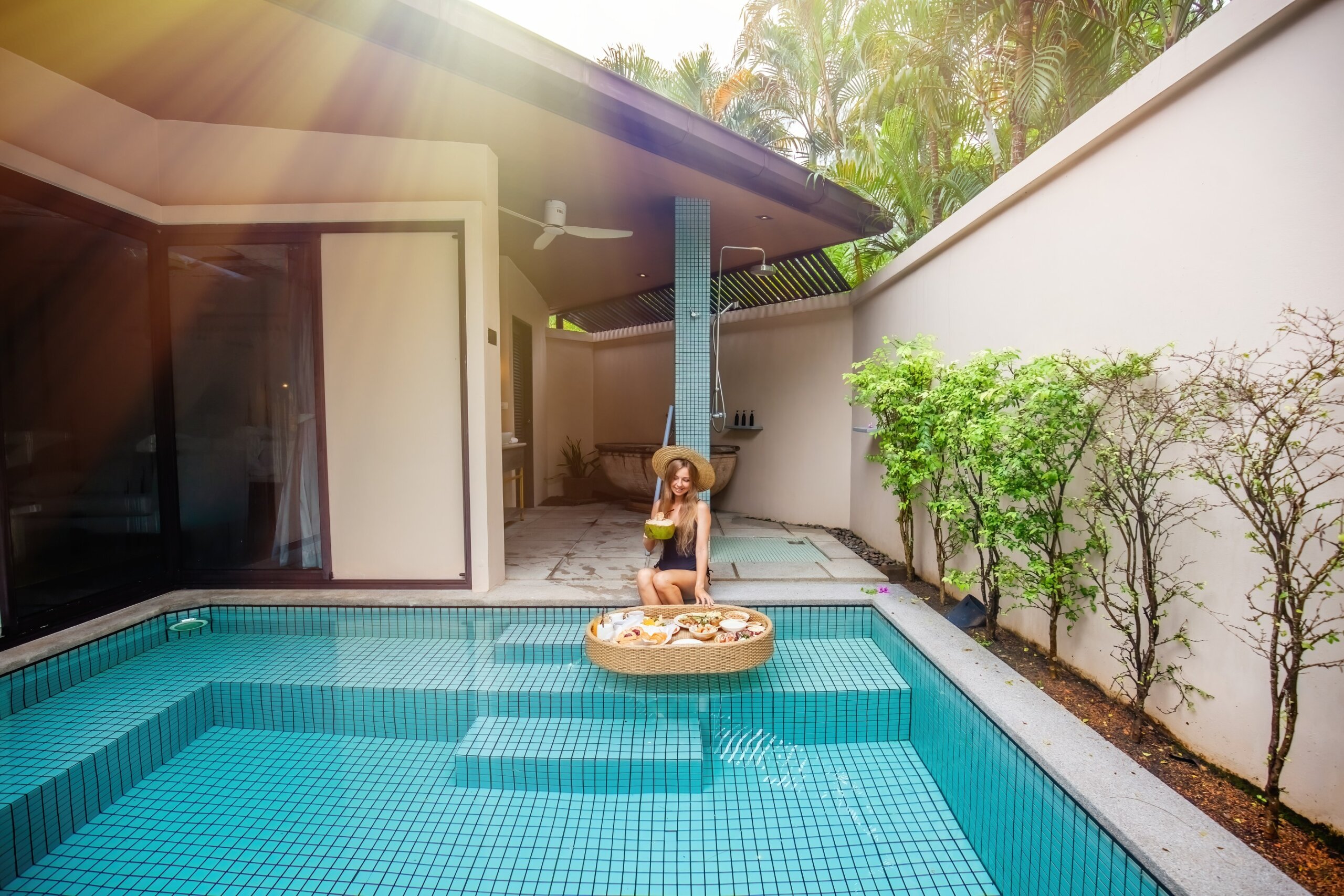
After spending months backpacking through remote towns, lesser-known countries, and off-the-beaten-path regions across Southeast Asia and beyond, it’s always a bit jarring to arrive in a place like Bali and see such a dramatically different crowd. Sure, there are still your fair share of backpackers and surf bros—but they’re often drowned out by a much flashier scene.
Influencers in curated outfits roam the streets and beaches, striking poses in high heels, flowing designer dresses, or freshly done cosmetic enhancements. There are luxury travelers and wealthy families dropping thousands on boutique shopping sprees, Instagrammable brunches, and five-star villas. And then there’s the digital nomad crowd, everywhere—many of whom seem more focused on showing off their new bikinis and MacBooks than connecting with the place they’ve chosen to “call home.”
At times, walking around parts of Canggu or Seminyak honestly felt more like walking through the streets of LA or a curated Instagram feed than a tropical Indonesian island. There’s a performative energy in the air—people taking thousands of photos in a matter of minutes to capture the perfect angle of their $300 outfit or luxury accessories. Girls strut by with arms full of boutique shopping bags, often looking like they’ve just stepped out of a fashion shoot. And while there’s nothing inherently wrong with that kind of travel, it creates an atmosphere that can feel artificial and out of touch with the local culture.
As someone who travels to connect, to seek authenticity, and to understand different ways of life, it felt disheartening to see the heart of Bali overshadowed by this highly curated, influencer-fueled, consumer-driven scene. It made it hard to feel present—or even like I was in Indonesia at all.
Now let’s talk about the food scene in Bali.
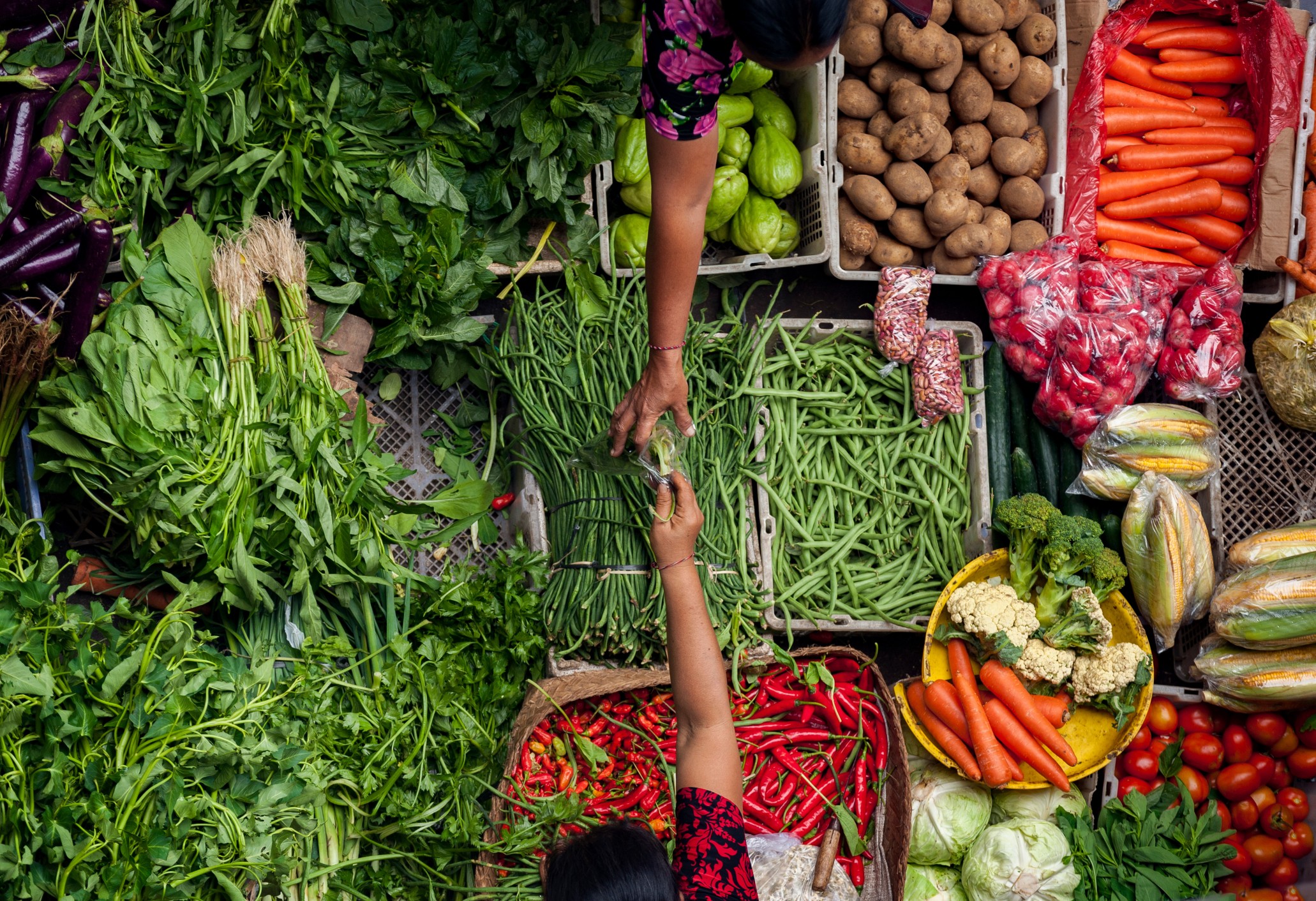
Before arriving in the island’s most touristy areas, I had spent a lot of time in less-visited parts of Indonesia, where I completely fell in love with the local food. Warungs—small family-run eateries—served up flavorful, affordable meals like vegetable-packed Gado Gado with rich peanut sauce, hearty portions of nasi goreng, and warm plates of tempeh and rice for as little as 35,000 IDR (around $2). These meals weren’t just cheap—they were soulful, satisfying, and deeply rooted in local tradition.
But then I got to southern Bali—and it felt like I had landed in a completely different country.
Suddenly, I had to search hard just to find a simple Indonesian dish. Instead, I was surrounded by a seemingly endless parade of aesthetic cafes selling avocado toast, truffle fries, vegan quinoa bowls, fettuccini Alfredo, and specialty lattes that cost more than an entire day of meals at a warung. Gado Gado? Kopi susu? Nowhere to be found—at least not without scrolling through Google Maps and walking far off the main streets. What I found instead were imported menus, Western branding, and restaurants that felt more like upscale brunch spots in LA or Sydney than anything tied to Indonesian culture.
Don’t get me wrong—it’s totally fine to enjoy a fancy dinner or grab a smoothie bowl every now and then. But when that’s all that’s available in some areas, it starts to feel like you’ve left Indonesia entirely. The prices don’t reflect the local economy, and the menus barely reflect the local cuisine. It’s jarring. Out of all the countries I’ve traveled to, I’ve never seen a food scene so heavily dominated by foreign influence, to the point where the actual local food feels pushed into the background.
Now let’s talk about the beaches.
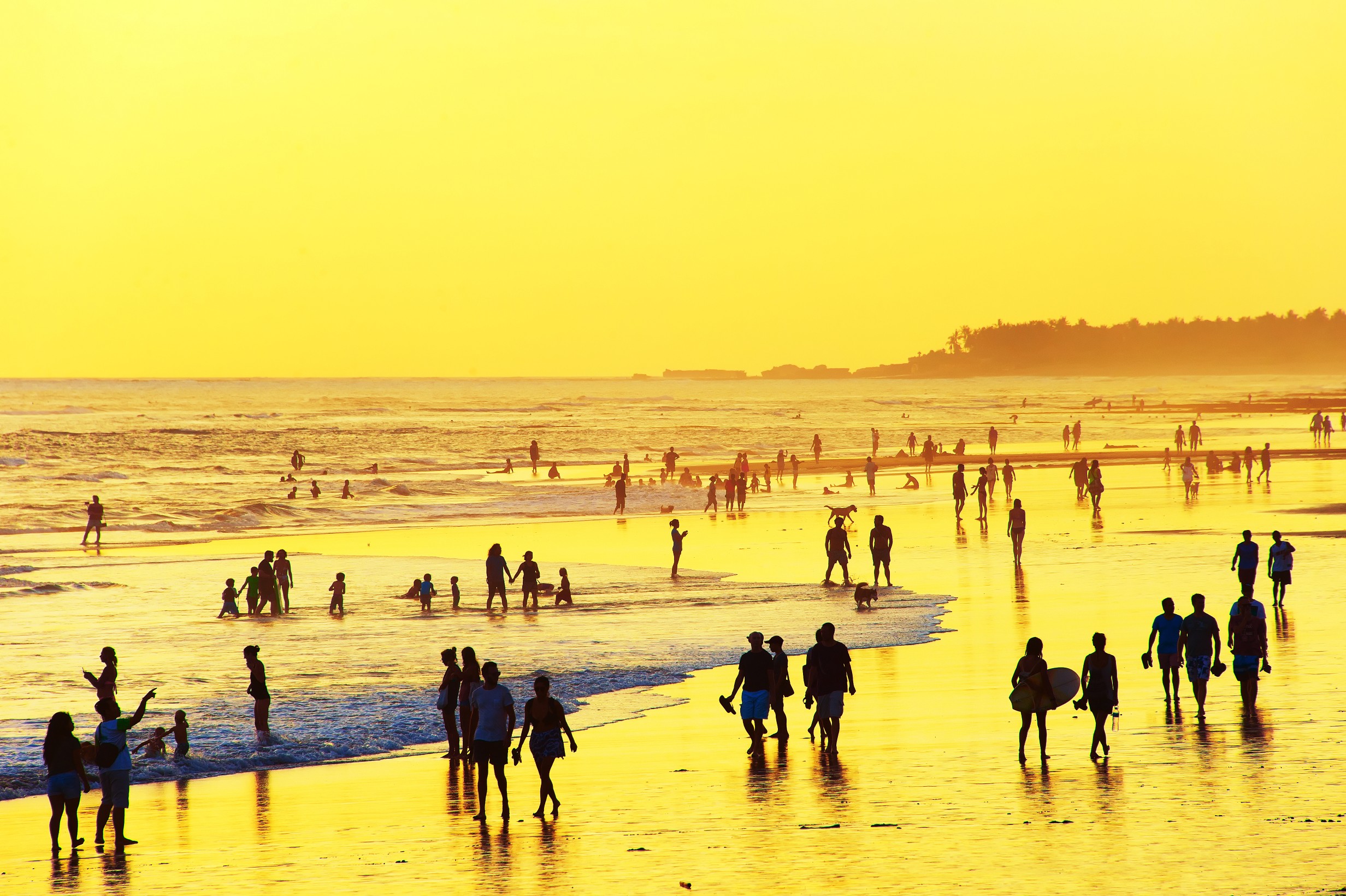
While Bali’s beaches are often portrayed as tropical paradise havens, the reality can be far less idyllic—especially when compared to the untouched beauty of places like Lombok, the Komodo Islands, or even many lesser-known coastal areas across Southeast Asia. In Bali, many of the popular beaches are overcrowded, littered with trash, and scattered with seaweed, making it difficult to truly relax or enjoy the natural setting.
Instead of the peaceful, postcard-perfect experience social media often suggests, I found myself constantly searching for a clean patch of sand or a clear section of water—usually without much luck. The sheer number of people makes it hard to feel like you’re in nature. Between the beach vendors, scooters riding through beachfront roads, and the packed lounge chairs, it often felt more chaotic than calming.
To be honest, I found myself choosing to relax by a pool far more often than heading to the beach—something that’s very unlike me, as I usually gravitate toward the ocean wherever I go. In Bali, though, the beaches simply didn’t offer the peace, cleanliness, or beauty I’d come to expect from Southeast Asia’s coastline.
Another important aspect to touch on is the spirituality and religion of the island.
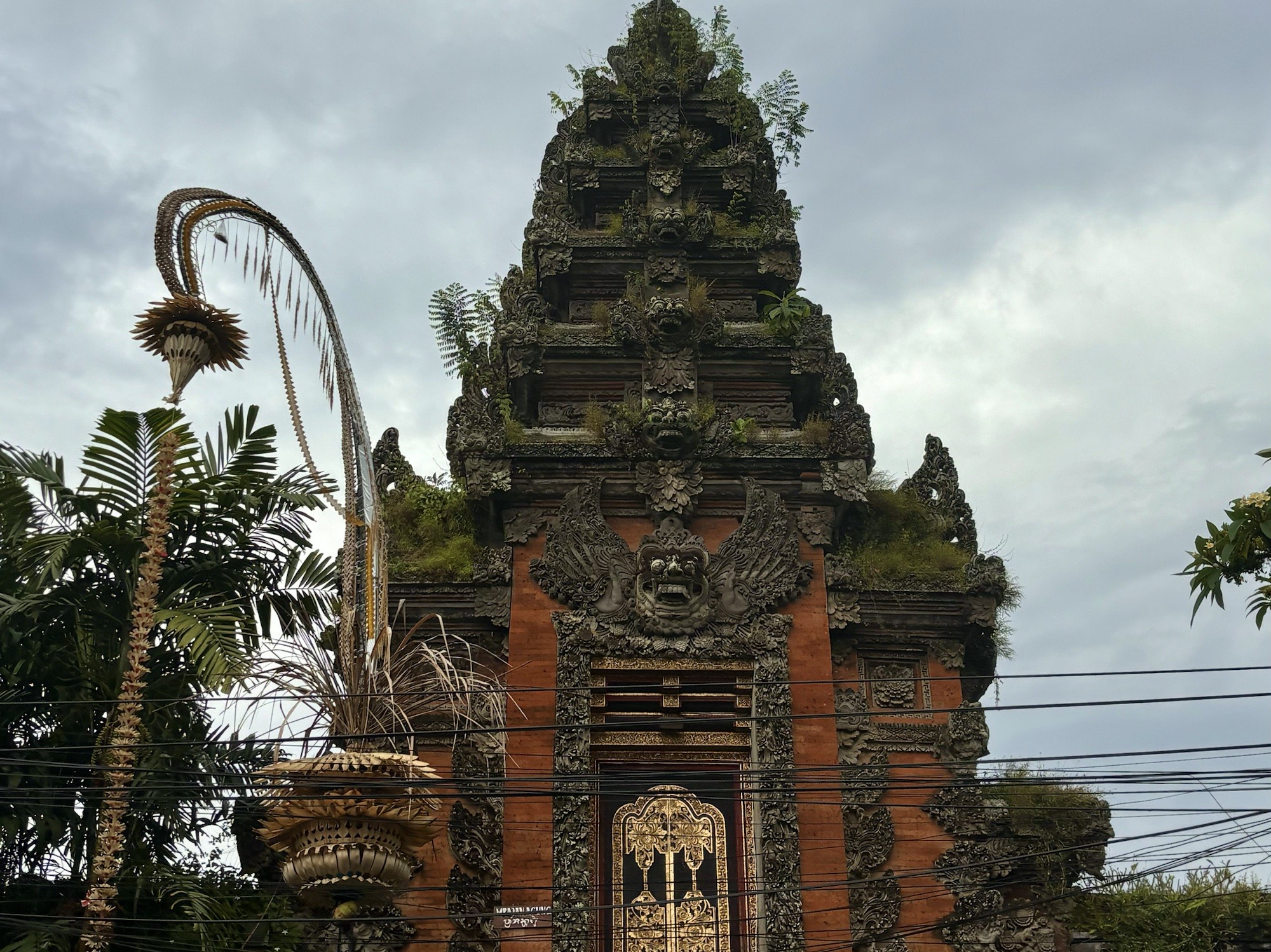
Bali stands out within Indonesia for its deep-rooted spiritual and religious culture, largely shaped by Balinese Hinduism. It’s one of the most unique cultural identities in Southeast Asia, and for many—including myself—it’s a major reason for visiting. I came here to deepen my practice and train as a yoga teacher, drawn by the island’s spiritual reputation.
But outside of the structured setting of the yoga training itself, I quickly began to notice how much of this spirituality felt diluted, commercialized, and at times, performative. What should be sacred practices—like yoga, meditation, and temple offerings—have in many places been co-opted by tourism and turned into aesthetic experiences. Instead of authenticity, it often felt like a stage for influencers to capture their next post, dressed in flowing outfits, posing with prayer hands, but disengaged from the meaning behind the practices.
Bali’s daily offerings—small, beautifully arranged palm-leaf baskets filled with flowers, incense, and symbolic items—are a sacred part of the culture and spiritual life here. They are placed on the ground each morning as a gesture of gratitude and protection. Yet I saw so many tourists completely ignore them, stepping over or even on them without a second thought. It showed a lack of awareness and respect for a culture that’s generously allowed outsiders to experience its traditions.
For someone seeking connection, reverence, and an authentic spiritual environment, this westernized version of Bali can feel a bit disheartening. The commercialization of its sacred practices often overshadows the genuine spiritual heart of the island, which still exists—but takes a bit more care and intention to find.
Final Thoughts
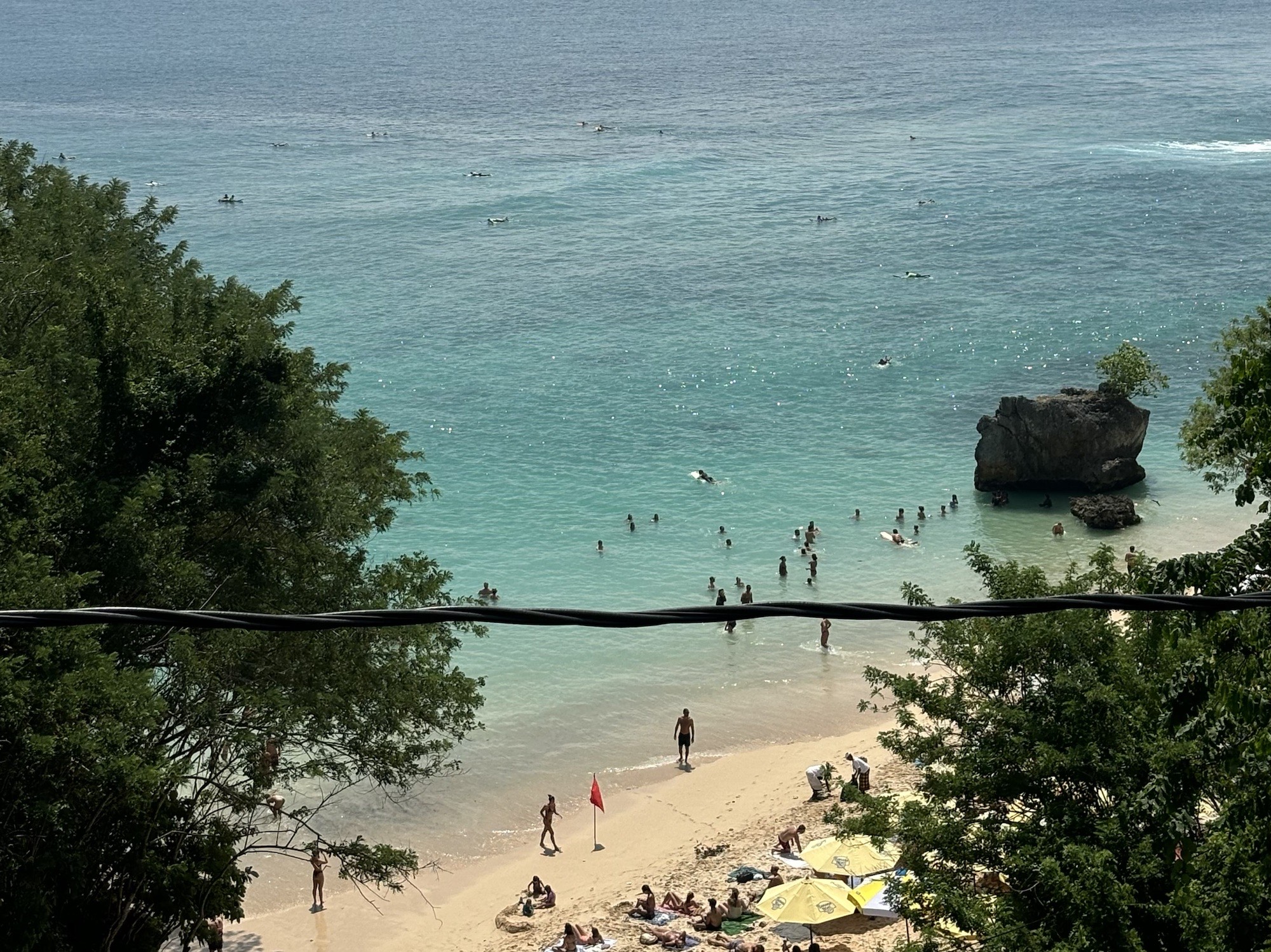
Overall, the idealized image of Bali as a serene island paradise full of rich culture and untouched beauty felt completely overshadowed by the weight of commercial tourism. After hearing about Bali for years—its magic, its charm, its so-called spiritual energy—I arrived with high hopes. But what I found in many areas, especially in the more developed southern regions, was a version of Bali that felt curated for tourists, rather than rooted in authenticity.
I was genuinely disappointed. The Bali I had envisioned—one of deep cultural immersion, peaceful nature, and spiritual growth—was hard to find beneath the layers of Instagrammable cafes, luxury beach clubs, and influencer-driven tourism. That’s not to say it doesn’t exist—but it felt increasingly hidden, pushed out by the booming commercial industry that now dominates much of the island.
I know there are still off-the-beaten-path parts of Bali I haven’t explored, and I remain open to returning to see them. But compared to other islands in Indonesia—like Java, Lombok, Komodo, and Flores—Bali felt like it offered less in terms of authentic cultural connection and immersive travel experiences. In those places, I found warm hospitality, unique traditions, raw natural beauty, and meals that actually reflected the local culture—all without the overwhelming tourist footprint.
Bali’s global popularity and constant spotlight on social media create sky-high expectations, which makes the reality feel, at times, underwhelming. And while I understand that some travelers love the five-star villas, aesthetic brunch spots, and lively nightlife, that’s just not the version of travel I seek. If you’re someone who thrives in that environment, maybe Bali is exactly your kind of place.
But for me, it felt too curated, too artificial—almost like a theme park version of what the island used to be. I came searching for depth, connection, and culture, and instead often found myself surrounded by staged experiences and over-saturated tourism. That’s not to say Bali doesn’t have value—it’s just not the Bali I was hoping for.
